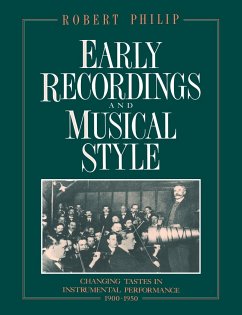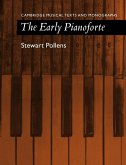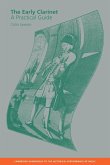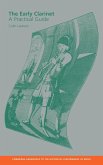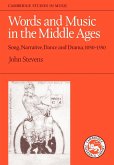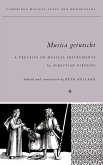Argues that recordings of the early twentieth-century provide an important, and hitherto neglected, resource in the history of musical performance.
Until recently, early recordings were regarded as little more than old-fashioned curiosities by musicians. Scholars and musicians now are beginning to realise their importance as historical documents which preserve the performance of composers and the musicians with whom they worked. In this fascinating study, Robert Philip argues that recordings of the early twentieth-century provide an important and hitherto neglected resource in the history of musical performance. The book concentrates on aspects of performance which underwent the greatest change in the early twentieth century, including rhythm, rubato, vibrato, and portamento. The final chapters explore some of the implications of these changes, both for the study of earlier periods and for the understanding of our own attitudes to the music of the past.
Table of content:
Introduction Part I. Rhythm: 1. Flexibility of tempo; 2. Tempo rubato; 3. Long and short notes; Part II. Vibrato: 4. String vibrato; 5. Woodwind vibrato; Part III. Portamento: 6. Solo portamento; 7. Orchestral portamento; Part IV. Implications: 8. Implications for the nineteenth century; 9. Implications for the future; Notes; Discography.
Hinweis: Dieser Artikel kann nur an eine deutsche Lieferadresse ausgeliefert werden.
Until recently, early recordings were regarded as little more than old-fashioned curiosities by musicians. Scholars and musicians now are beginning to realise their importance as historical documents which preserve the performance of composers and the musicians with whom they worked. In this fascinating study, Robert Philip argues that recordings of the early twentieth-century provide an important and hitherto neglected resource in the history of musical performance. The book concentrates on aspects of performance which underwent the greatest change in the early twentieth century, including rhythm, rubato, vibrato, and portamento. The final chapters explore some of the implications of these changes, both for the study of earlier periods and for the understanding of our own attitudes to the music of the past.
Table of content:
Introduction Part I. Rhythm: 1. Flexibility of tempo; 2. Tempo rubato; 3. Long and short notes; Part II. Vibrato: 4. String vibrato; 5. Woodwind vibrato; Part III. Portamento: 6. Solo portamento; 7. Orchestral portamento; Part IV. Implications: 8. Implications for the nineteenth century; 9. Implications for the future; Notes; Discography.
Hinweis: Dieser Artikel kann nur an eine deutsche Lieferadresse ausgeliefert werden.

